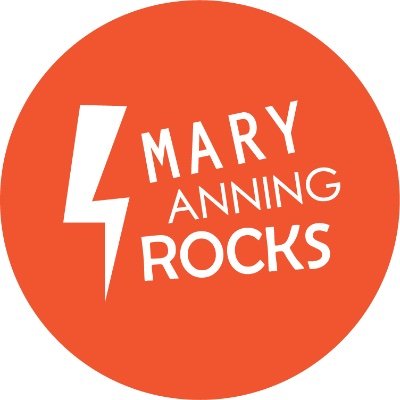Mary Anning was a pioneering palaeontologist and fossil collector. She was born in 1799 in Lyme Regis, in the southwest English county of Dorset.
Lyme Regis is part of what is now called the Jurassic Coast, where discoveries are still being made to this day.
Her lifetime was filled with incredible firsts. Yet, what is so remarkable about Mary Anning was, not only was she an early pioneer, she was also a scientist with a huge capacity to understand the fossilised remains she discovered.
But because she was from a poor working-class background and struggled for most of her life with poverty, she has been forgotten and left out of our history books.
Yet without a formal education, her discoveries and ideas about the first ever Ichthyosaurs and Plesiosaurs to be discovered became the catalyst that changed the way we think about the origins of our planet and how life evolved on it.
Even now a hundred and seventy-five years after her death, many books still fail to list her as one of the greatest palaeontologists of our time.
Her name has been eradicated from the annals of history and her achievements unacknowledged and unknown because Anning was an uneducated, working-class woman and, subsequently, an outsider to polite society and the scientific community.
Anning lived at a time when women were not allowed to vote, own their own property, or attend university.
When was Mary Anning born?
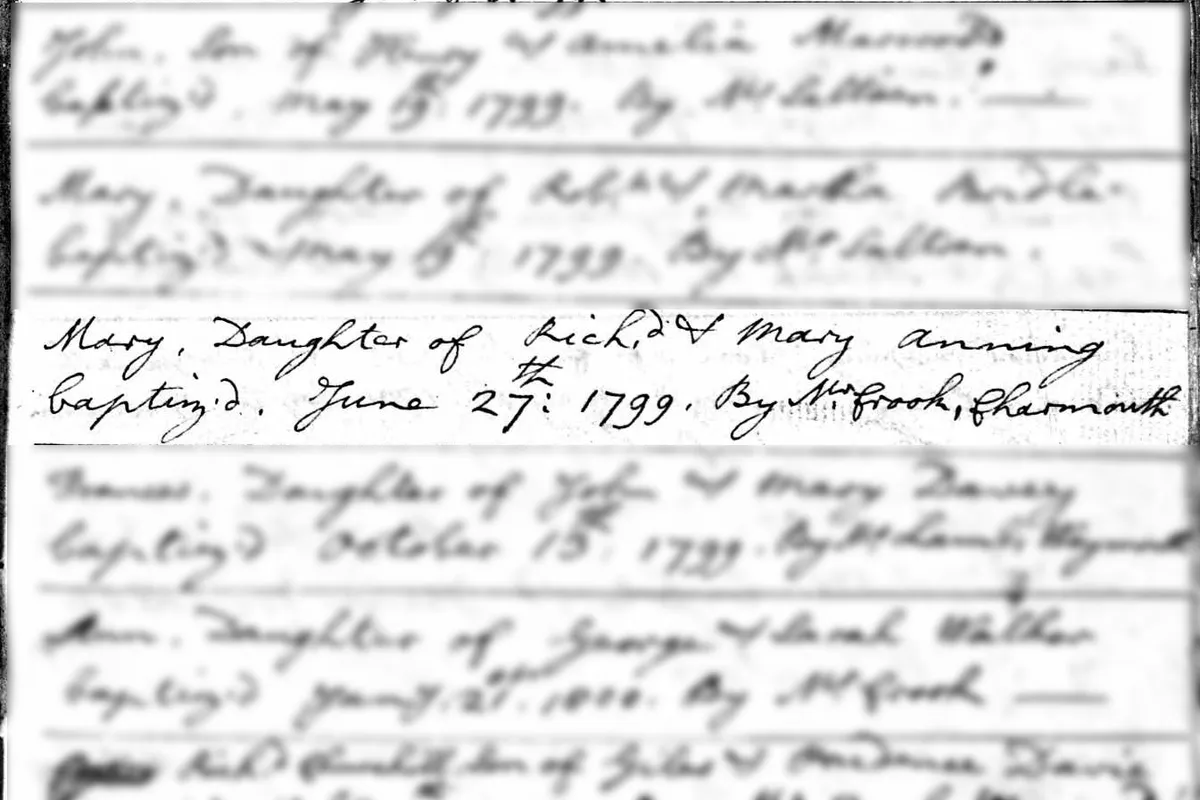
Mary was born in Lyme Regis on the 21st May 1799 to a cabinetmaker and amateur fossil collector Richard Anning and his wife, Mary Moore, known as Molly. She was baptised on the 27th June 1799 in Lyme Regis.
The family relied on the sale of fossils collected from seaside cliffs near their home along England’s Channel coast as a source of income.
Mary was born when George III was the King of England and the war was still raging between the British and French.
Records are not clear, but it looks like Mary had nine or ten siblings. Only Mary and her older brother, Joseph, survived to adulthood.
Did Mary Anning get struck by lightning?
In 1800 whilst watching a travelling circus that had come to the town, a storm blew in off the coast. Taking shelter from the rain under a tree a lightning bolt struck Mary.
She was 15 months old and the three older girls taking care of her all died; but Mary's parents managed to revive her by laying her in a bath of water.
Please note that external videos may contain ads
The life and work of Mary Anning (dramatisation) | History - True Stories © BBC Teach
Where was Mary Anning educated?
Mary grew up poor but learnt to read and write at Sunday school as a child because the Anning family were religious dissenters. They were Protestants who separated from the Church of England.
Did Mary Anning inspire ‘She sells sea shells’
No, it’s highly unlikely. It’s relatively easy to do a quick internet search and find that the song was originally written in 1908 by Terry Sullivan and Harry Gifford, 62 years after her death. So, it’s very doubtful the duo even knew who she was, let alone wrote a song about her.
Who was Henry De la Beche to Mary Anning?
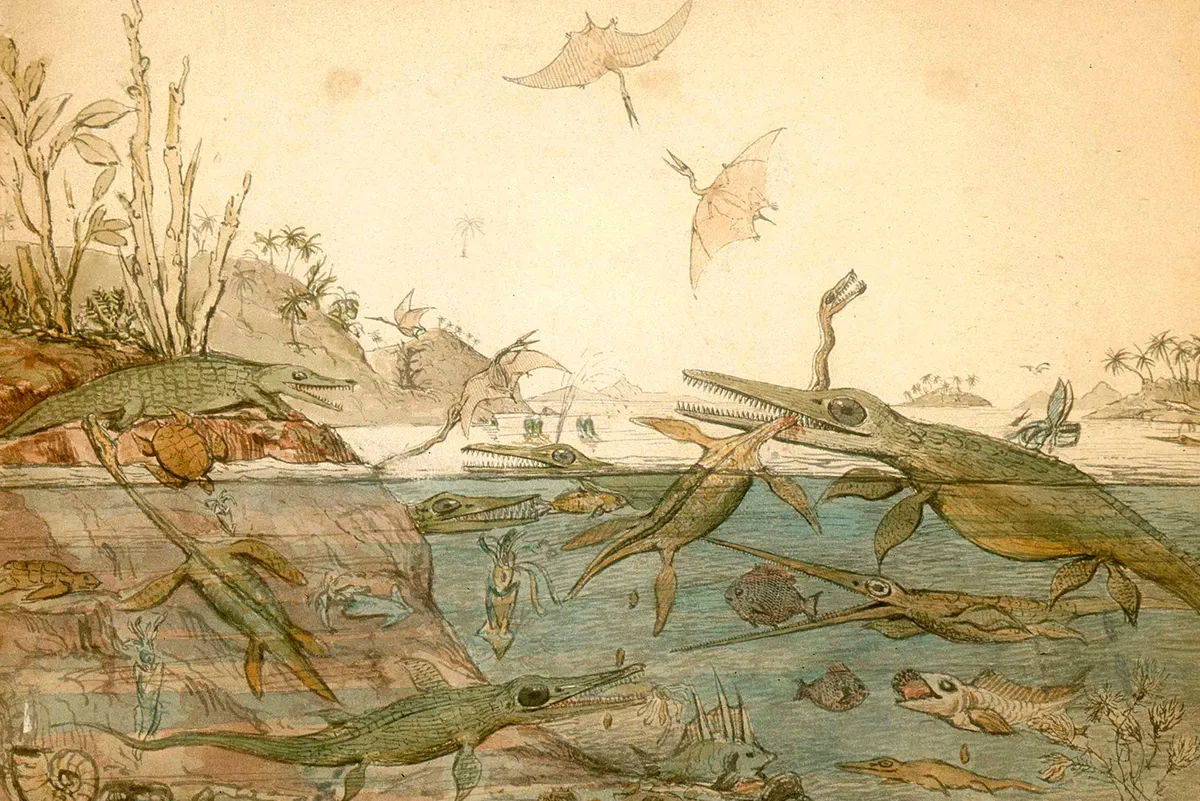
Henry Thomas De la Beche was geologist and palaeontologist who spent his early years in Lyme Regis where he became friends with Mary. It was this friendship that inspired Henry to develop an interest in geology.
Henry done many illustrations including one in 1830 called ‘Duria Antiquior (A More Ancient Dorset)’. This illustration depicted the key fossil finds of Mary, proceeds from the sale of lithographs of this illustration gave Mary financial support.
Did Mary Anning discovery the first Ichthyosaur fossils?
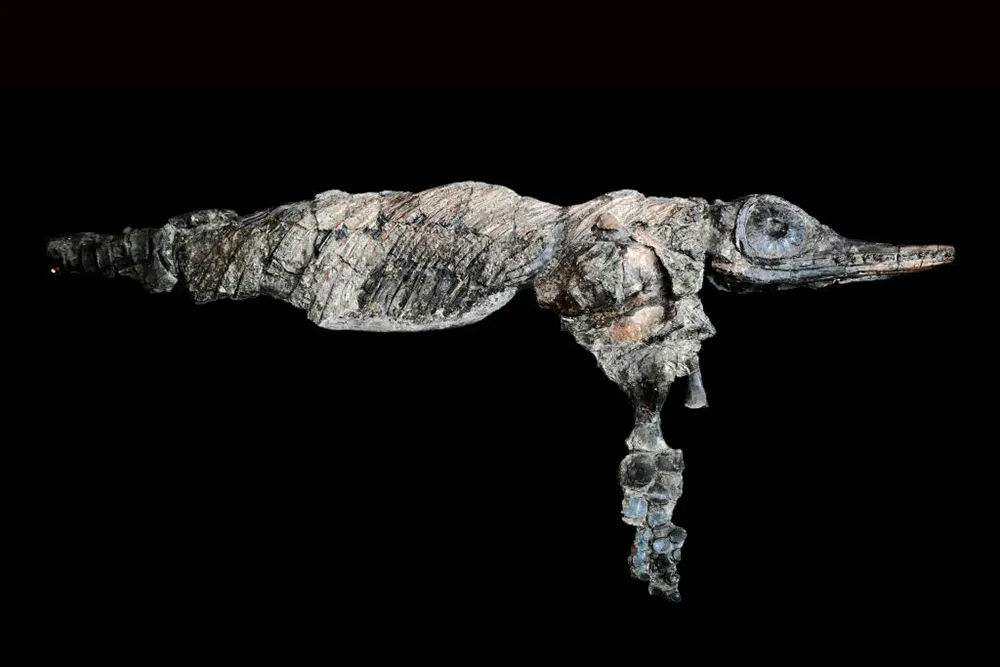
It was Mary’s brother Joseph that first discovered a fossilised skull in about 1811. Mary then spent several painstaking months digging the outline of the 5.2m long skeleton.
The discovery was studied and debated for several years before being given the name Ichthyosaur – ‘fish lizard’.
What were some of Mary Anning’s other important discoveries?
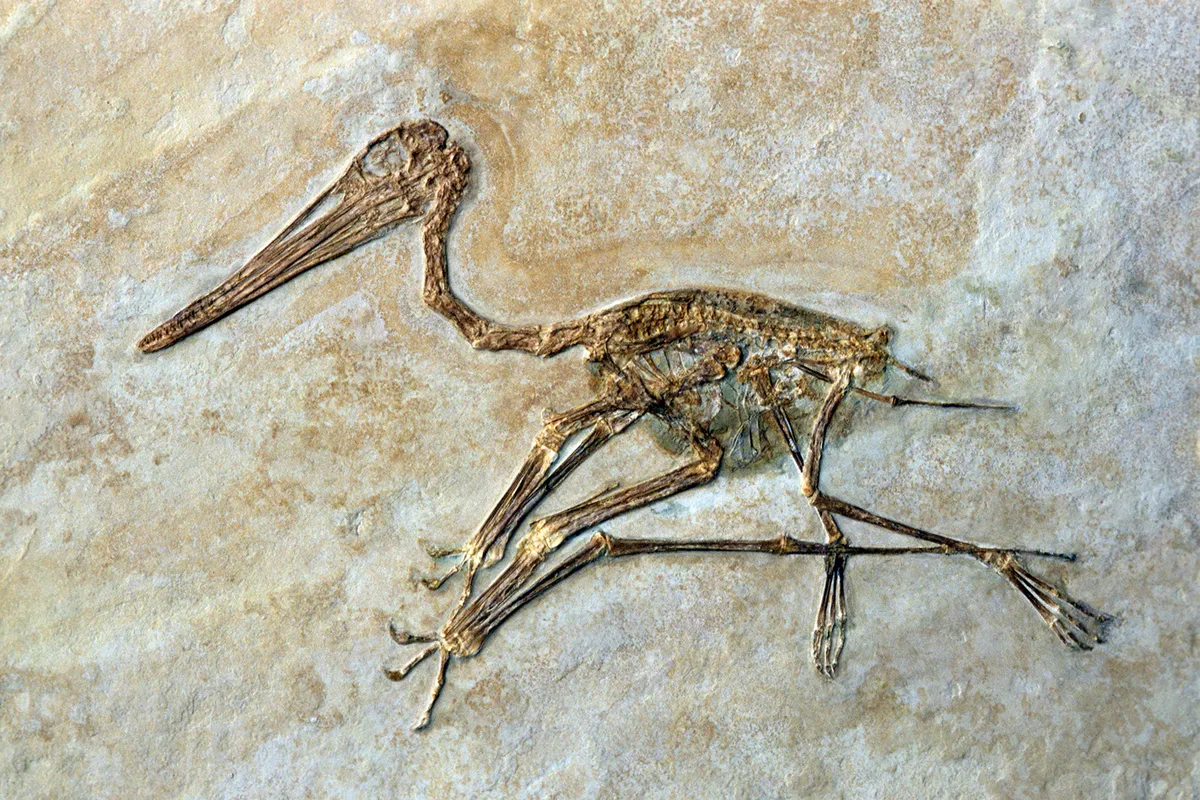
The first complete skeleton of a Plesiosaur was discovered by Mary in 1823. Initially there were rumours that the fossil was a fake.
Even Georges Cuvier - known as the father of palaeontology – was doubtful about its authenticity. Although after a debate at the Geological Society of London he retracted his doubts.
Another of Mary’s important discoveries was made in 1828 - the first pterosaur to be discovered outside of Germany.
Mary is also credited with pioneering the study of coprolites – fossilised faeces. Coprolites derives its name from the Greek words kopros, meaning "dung", and lithos, meaning "stone".
Please note that external videos may contain ads
Mary Anning and her surprising Dorset discoveries | Natural History Museum
Did Mary Anning contribute to the theory of evolution?
The Natural History Museum in London and the Lyme Regis Museum recognise Mary Anning as helping to put down the foundations for the theory of evolution.
At the time of Mary’s discoveries almost everyone in England, including Mary, were religious and did not believe that animals neither evolved nor became extinct. But the fossils were of species that had never been seen before.
Are there any museums dedicated to Mary Anning?
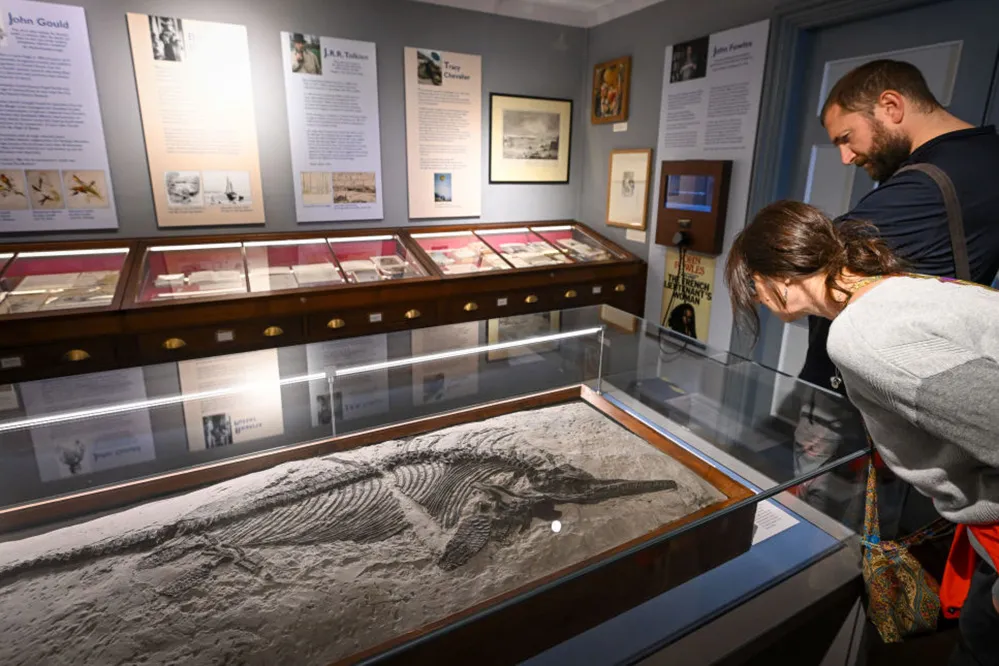
The Lyme Regis Museum which was built on the site of Mary Anning’s home, it is situated in Lyme Regis where the coastlines of Dorset and Devon meet on the Jurassic Coast Heritage Site.
There is a Mary Anning Wing which opened in July 2017. Included in the displays is an interactive gallery which tells the story of Mary Anning’s fossils and state-of-the-art Fine Foundation Learning Centre.
The Natural History Museum in London displays several of Mary Anning’s finds which include the pterosaur, plesiosaur and ichthyosaur fossils.
Did Mary Anning have any scientific papers published?
During her lifetime Mary only had one scientific article published – a letter in a magazine. In 1839 Mary wrote a letter to the editor of the Magazine of Natural History challenging one if its claims.
What is Mary Anning’s ‘Commonplace Book’?
A commonplace book is like a note book where the owner would write down things such as; ideas, prose, observations, quotations and information.
Mary Anning’s commonplace book is in many different hands as she invited friends to contribute to the book. The book mainly contains prayers, indicating that at the time people of Lyme Regis were very God fearing religious people.
Mary’s commonplace book is in the Lyme Regis Museum where it is on loan from the Dorset County Museum. The book has been digitised and can be viewed on the Lyme Regis Museum website.
Did Mary Anning get the recognition she deserved?
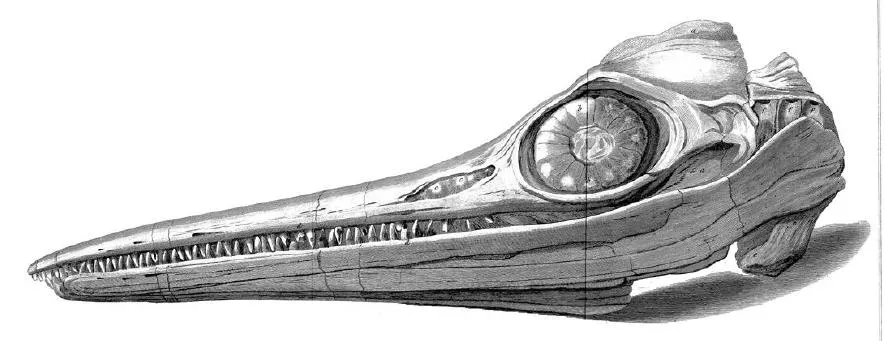
Unfortunately, as with many other historical female scientist Mary did not and still does not receive the full recognition that she fully deserves.
Many wealthy and educated male geologists who Mary collected fossils for, or sold too, published scientific papers on Mary’s finds frequently neglecting to mention her.
Even to this day there are museums that show the names of those that purchased the fossils and not Mary who discovered them.
The world has used me ill ... these men of learning have sucked my brains, and made a great deal of publishing works, of which I furnished the contents, while I derived none of the advantages.
Mary Anning
The Advancement of Science and the Geological Society of London awarded Mary a small income in recognition of her contributions to science.
Does Mary Anning have a blue plaque?
There is a blue plaque for Mary at the Lyme Regis Museum which is built on the site of her home.
Inscription reads:
Mary Anning
1799-1847
The famous fossilist was born here in a house on the site of the Lyme Regis Museum.
The house was her home & her fossil shop until 1826.
More about Mary Anning inside the Museum
Is there a statue of Mary Anning?
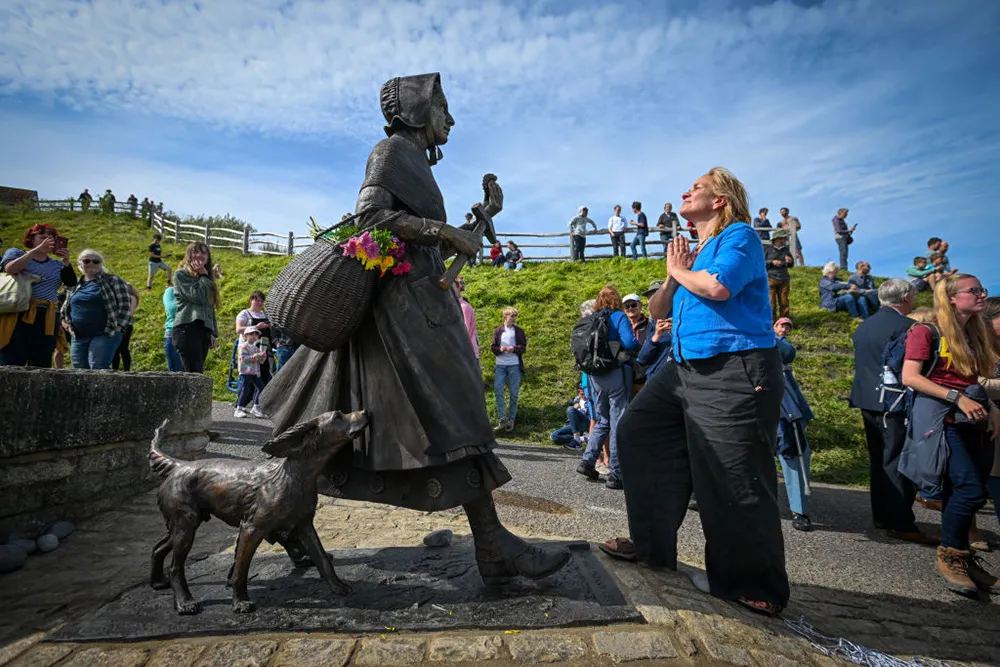
A statue of Mary was unveiled on the 21st May 2022, on what would have been her 223rd birthday, in her home town of Lyme Regis in Dorset. The statue was unveiled by Prof Alice Roberts.
Evie Swire, of Mary Annings Rock, had campaigned for the statue for the last 4 years since she was 11.
When did Mary Anning die?
Mary died of breast cancer aged 47 in 1847 at her home in Lyme Regis.
The Quarterly Journal of the Geological Society of London published her obituary; it was the first time they had honoured anyone who was not a member of the society and it would take a further 57 years for the society to admit women as members in 1904.
Where is Mary Anning’s resting place?
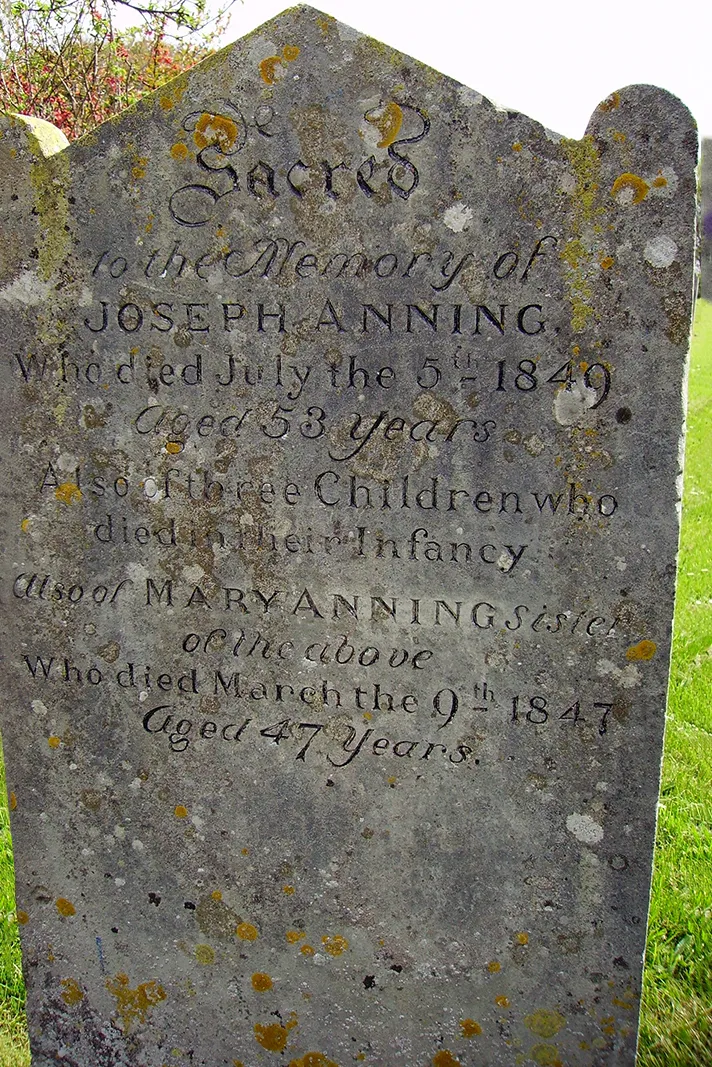
Mary Anning's grave in St Michael the Archangel Churchyard, Lyme Regis. She was buried on the 15th of March 1847. She is buried with her brother and his family.
When she died, the Geological Society paid for a stained-glass window in the church.
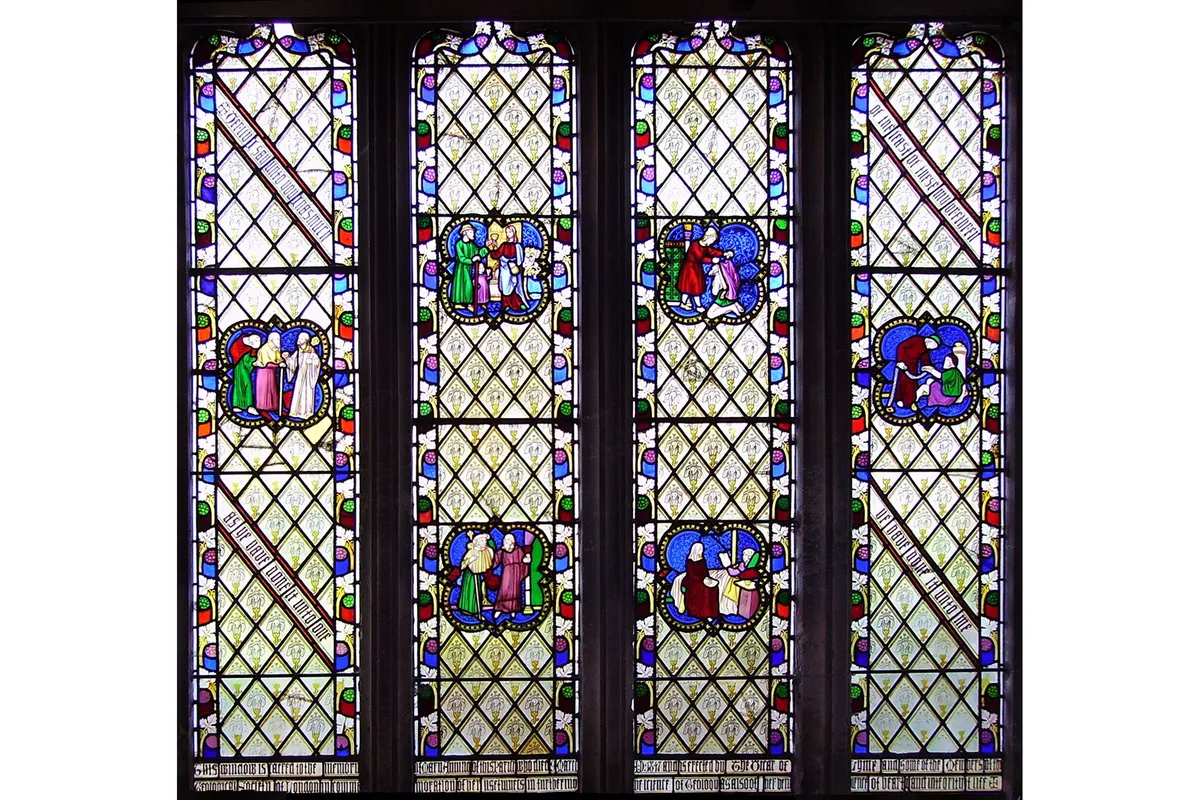
Inscription on Mary's grave:
Sacred
to the memory of
JOSEPH ANNING
Who died July the 5th 1849
Aged 53 years
Also of three children who
died in their infancy
Also of MARY ANNING sister
of the above
Who died March the 9th 1847
Aged 47 years
Are there any films about the life and times of Mary Anning?
A 2020 film, Ammonite, written and directed by Francis Lee and starring Kate Winslet as Mary.
Mary Anning and the Dinosaur Hunters written and directed by Sharon Sheehan, Mary is played by Katy Hamilton.
Main image: Portrait of Mary Anning. © Public Domain
